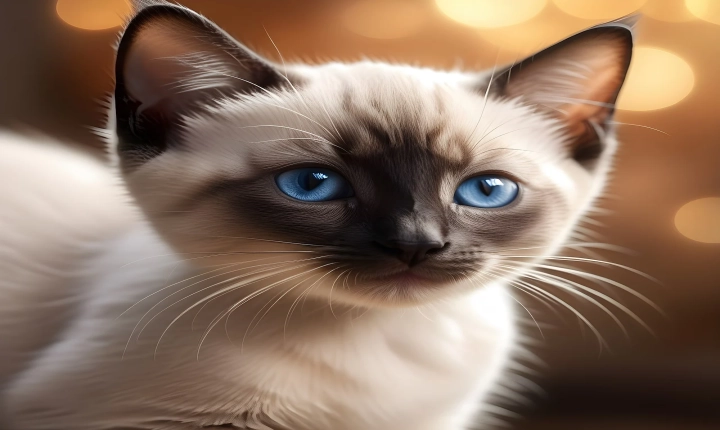Title: How to Build an AI Art Generator
Artificial Intelligence (AI) has made significant strides in recent years, including the ability to generate art. Building an AI art generator involves a combination of machine learning algorithms, data processing, and creative input. In this article, we will discuss the key steps involved in creating an AI art generator.
1. Define the Objective: The first step in building an AI art generator is to define the objective and purpose of the project. Do you want the AI to create abstract art, landscape paintings, or human portraits? Defining the objective will guide the selection of the appropriate data and algorithms for the project.
2. Data Collection: Next, you will need to collect a large dataset of art images in the style and genre you wish to replicate. This dataset will serve as the training data for the AI model. The images should cover a wide variety of styles, colors, and compositions to help the AI learn diverse artistic techniques.
3. Preprocessing the Data: The collected art images will need to be preprocessed to ensure uniformity and compatibility for training the AI model. This may involve image normalization, resizing, and filtering to reduce noise and enhance the quality of the dataset.
4. Selecting the AI Model: There are several AI models that can be used for art generation, with popular choices including Generative Adversarial Networks (GANs), Variational Autoencoders (VAEs), and Deep Convolutional Generative Adversarial Networks (DCGANs). Each model has its own strengths and weaknesses, so it is essential to identify the most suitable one for your specific project.
5. Training the Model: Once the dataset and AI model are prepared, you can start training the model using the art images. The training process involves feeding the AI model with the dataset and adjusting the model’s parameters to minimize the differences between its generated art and the original art.
6. Fine-Tuning and Evaluation: After the initial training, fine-tuning the model and evaluating its performance is crucial. This step involves tweaking the model’s parameters, adjusting the loss function, and rigorously testing the generated art to ensure it meets the desired aesthetic standards.
7. Generating Art: Once the AI model has been fine-tuned and validated, it can be used to generate new art pieces. The AI art generator can take input in the form of prompts, styles, or even random seeds to produce a diverse range of art.
8. Iterative Improvement: Building an AI art generator is an iterative process. Feedback from art experts and users can be used to improve the AI model continually. Additionally, incorporating new artistic styles and techniques into the training data can help the AI generator produce more diverse and appealing art.
In conclusion, building an AI art generator involves a combination of data collection, model selection, training, and iterative improvement. The resulting AI art generator can be a powerful tool for artists, designers, and art enthusiasts, providing them with an endless source of creative inspiration. As AI and machine learning continue to advance, the possibilities for AI art generation are likely to expand, opening new horizons for artistic expression and creativity.
